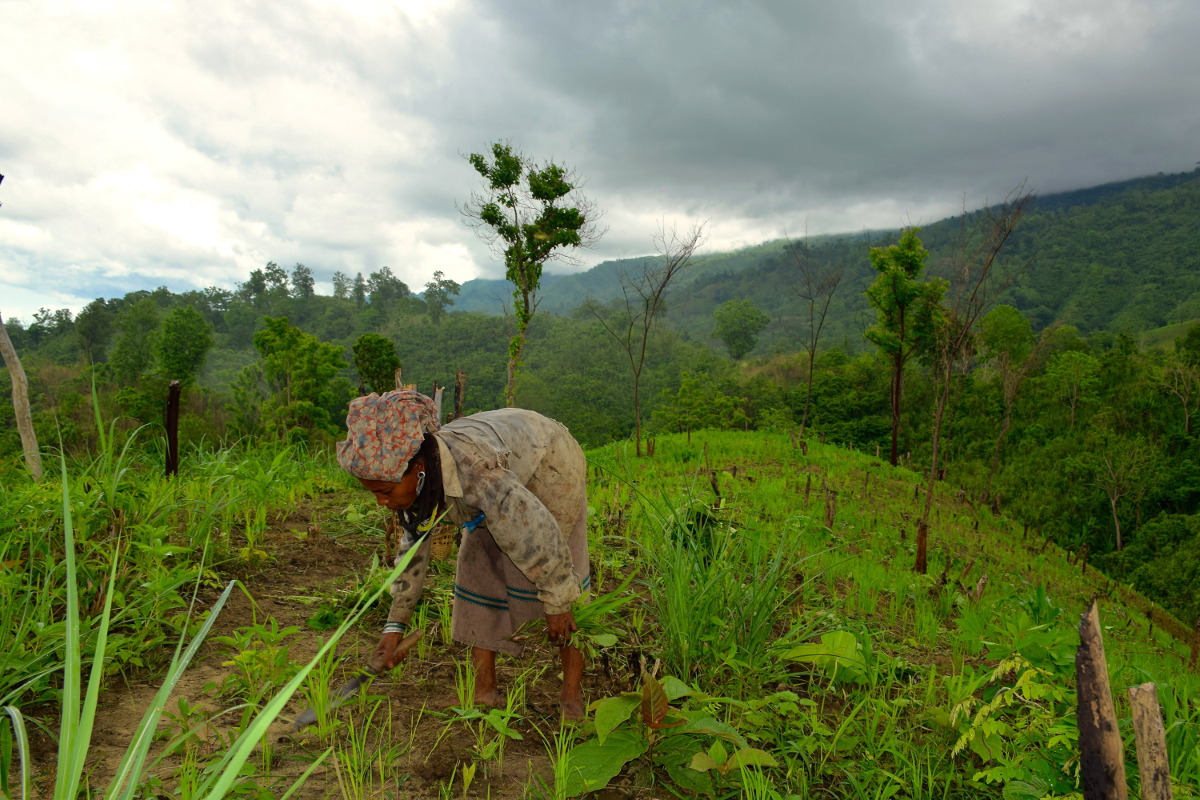Survey of Khakchang Village, North Tripura district, Tripura
Khakchang is the second village to be studied as part of the Tripura Round 2016 of the Project on Agrarian Relations in India (PARI). The FAS team conducted a sample survey of the village from June 9 through 15, 2016.
Khakchang village is in Dasda block, Anand Bazaar tehsil, North Tripura district. The village is 13 km from Dasda block and 26 km from Kanchanpur, the sub-divisional headquarters and nearest town. The village is connected to Kanchanpur by an all-weather road.
There are 589 households resident in the village, which has a population of 2756 (the data are from an Autonomous District Council (ADC) household survey conducted in 2012-13. The village has 7 hamlets (para) that are spread over 5919.75 acres. The hamlets are as far as 8 km from the village market and ADC office. The most isolated household in the village is 10 km from the village market. Most of these hamlets are connected to the village market and main road by brick-and-mud roads that become traversible only by foot in the monsoon. Only one of the hamlets has a fully pucca all-weather road. Of 7 hamlets, 5 have provisions for electricity and piped drinking water. In the electrified hamlets, almost 80 per cent of households have been given electricity connections and the others, who stay far from the furthest electricity supply point, have been provided highly subsidised solar panels by the ADC. Piped water supply is available through public stand-posts. all households have lavatories, though the lavatories in current use are katcha pit toilets.
A post office, commercial bank, ration shop, and two chemists are located at a distance of 100 metres from the village ADC office.
Khakchang is characterised by different types of agricultural production and tenurial systems, ranging from slash-and-burn shifting cultivation, through more settled forms of jhoom cultivation (where vegetation is burnt every three years) to more settled forms of plantation agriculture, homestead cultivation and lowland rice cultivation. Rice, vegetables, tubers, and tree crops are grown on jhoom fileds and homesteads, and mixed cropping often involved the cultivation of 30 or more varieties of plants.
The village is located near the Jampuii Hills, the border between Tripura and Mizoram, and an area of great scenic beauty.


































































 Sudha is an Administrative Assistant of the Foundation. She assists the administrative division of the Foundation and also has taken part in fieldwork organised by the Foundation.
Sudha is an Administrative Assistant of the Foundation. She assists the administrative division of the Foundation and also has taken part in fieldwork organised by the Foundation.











